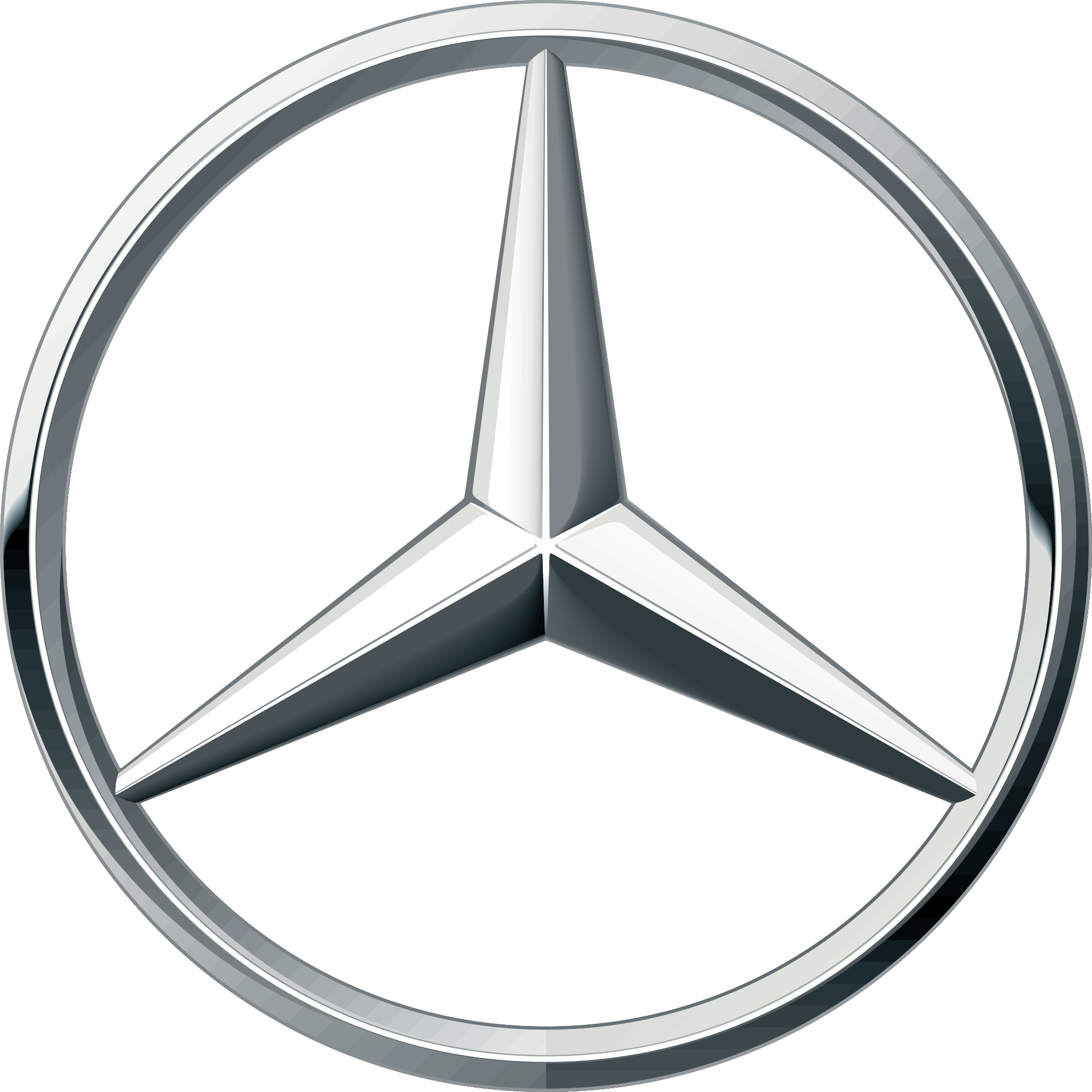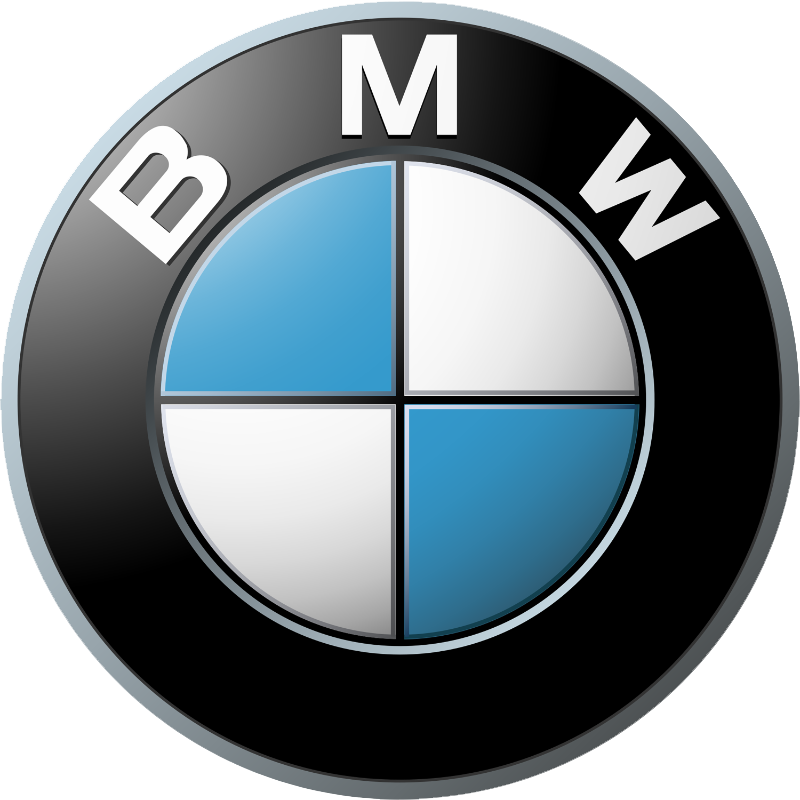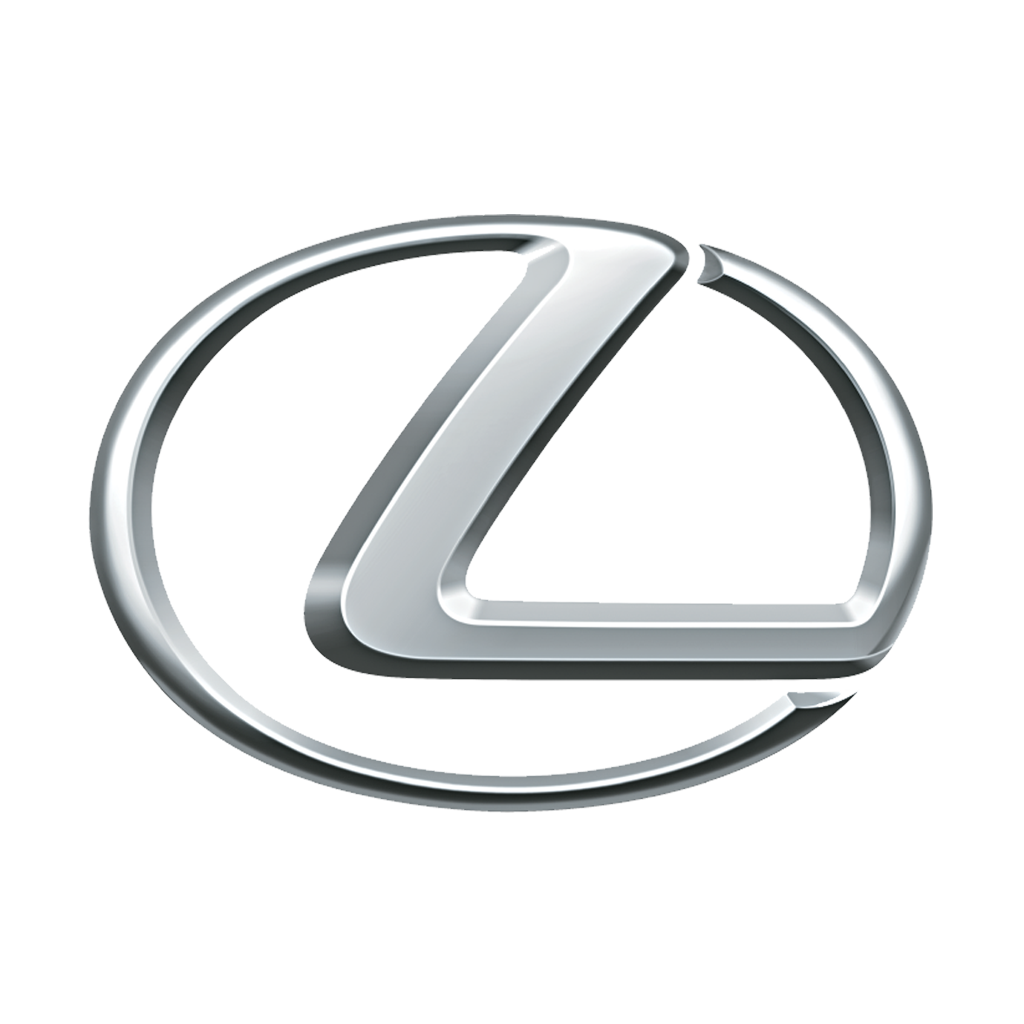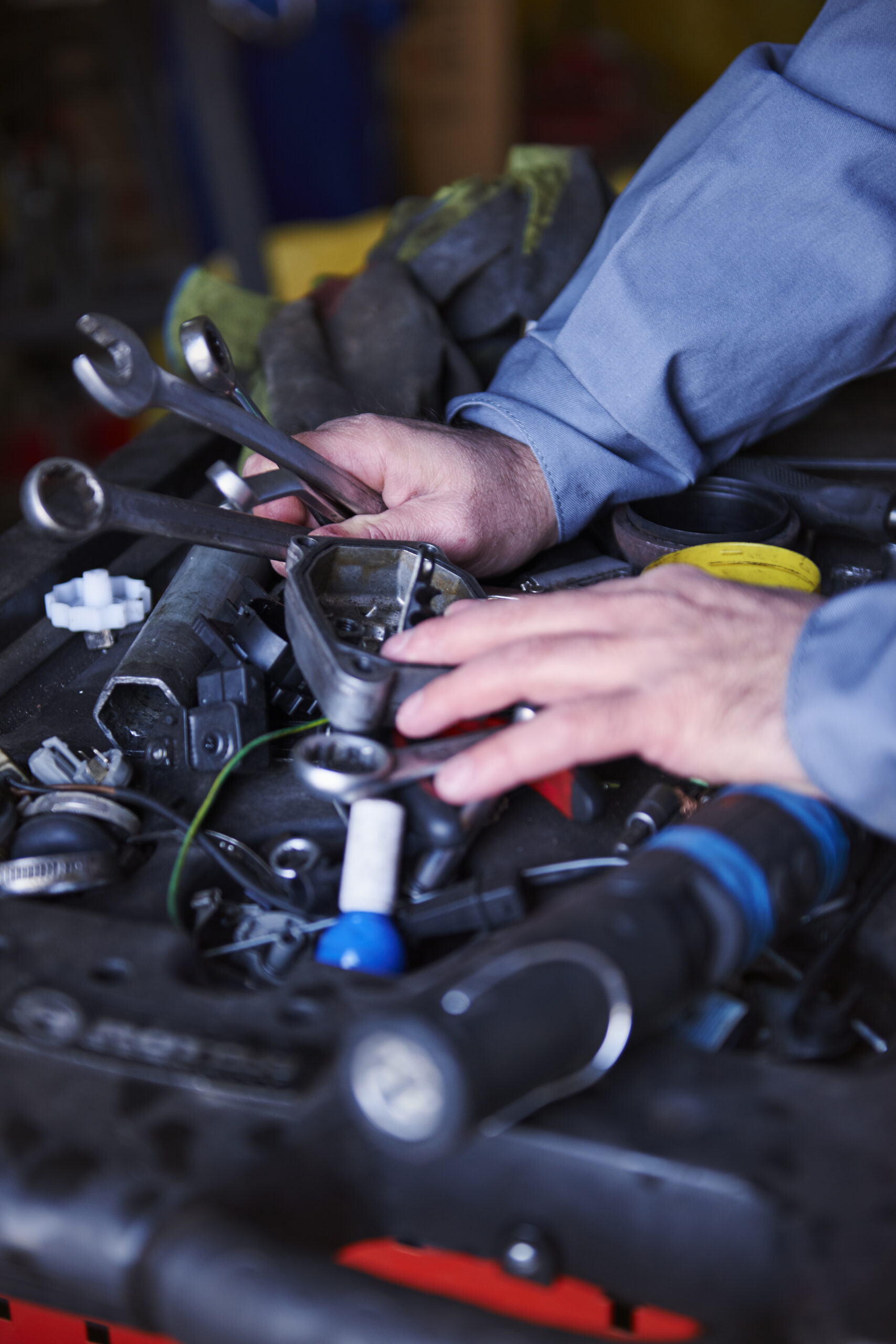of Collier County
Your Premier

Service Excellence for Your Luxury Vehicle
Full Service
Repairs
We Repair

Mercedes

BMW

Lexus
Quality Car Repairs
Pine Ridge Imports will help keep your Mercedes, BMW, or Lexus performing like it should and can assist you when things need to be repaired or replaced.
A well-maintained vehicle will stay on the road longer and perform far better than one that is not. It does not matter what make or model of vehicle is driven, maintenance makes a difference, and when something does wear out or breaks, Pine Ridge Imports is here to make that repair and get you back on the road.
Whether you are having an issue with a mechanical or electric component of your car, Pine Ridge Imports of Naples can take care of your vehicle, bumper to bumper. We offer a full diagnoses and repair for your vehicle’s air conditioning and heating, cooling system, and electrical systems. We can also repair any issues you may have with steering, your timing belt, your battery, and more. Our certified technicians have extensive manufacturer training and regularly attend classes to keep them up-to-date on the latest automotive technology.

We Repair and Replace:

AC Repair, AC Recharg, Cabin Air Filter Replacement
The A/C compressor is considered the heart of your vehicle’s air conditioning, since it pumps compressed refrigerant throughout the system. It plays a critical role in this complex process, making sure your car stays cool when you want it to be.
Turning on your A/C on a regular basis can help keep parts lubricated and running smoothly. However, if it takes too long to cool down the cabin, an inspection may be necessary. Ask your service advisor to have your A/C compressor checked when there is a significant change in the quality of air, or when there’s just no cold air coming out of the vents.
Without a functioning compressor, the A/C system will not be able to create cool air in the summer, nor be able to defrost in the winter. If the compressor fails, the rest of the system fails with it, as there’s no way to move the refrigerant through the system. If ignored long enough, you may need to replace the entire compressor.
From a safety standpoint there is little risk, but the air in the cabin can become uncomfortable. From an environmental point of view, there is significant impact. Leaking refrigerant is poisonous and could be ingested by children, pets or other animals.

Alternator, Battery, and Ignition Coil
The alternator charges your car’s battery by converting mechanical energy to electrical energy. Have the charging system inspected during major services, as a failing alternator may dim headlights or slow starts, draining the battery and risking damage to the charging system. A faulty alternator forces the battery to work harder, leading to premature failure and slight safety risks from being stranded.
The car battery, a 12-volt unit with lead plates in an electrolyte solution, powers all vehicle systems and components, including starting the engine. Check it regularly and replace every four to five years, as batteries die without warning. A failing battery overworks the alternator, causing premature failure and potential stranding, posing minor safety risks.
The ignition coil transforms the battery’s low voltage into the high voltage needed for spark plugs to start and run the engine. Inspect it during service intervals, as a malfunctioning coil can cause misfires or prevent starting, potentially damaging the catalytic converter or engine. A faulty coil may stall the car, leaving you stranded.

Suspension and Steering
Ball joints connect the wheels to the suspension, allowing smooth turning and absorbing road shocks. Inspect during suspension service, as worn joints cause loose steering, uneven tire wear, or clunking noises, potentially leading to wheel detachment. Faulty joints increase safety risks by compromising steering control.
Shocks and struts absorb road impacts for a smooth ride and stable handling. Replace every 50,000 miles or if the ride feels bumpy or the vehicle sways, as worn components reduce tire traction and braking efficiency. Failing shocks or struts heighten safety risks by impairing vehicle control.
Power steering fluid enables smooth steering by transmitting hydraulic pressure. Check and replace every 50,000 miles or if steering feels heavy, as contaminated fluid can damage the steering system, increasing repair costs. Low or degraded fluid poses safety risks by making steering difficult.
Power steering pump pressurizes fluid for easy steering. Replace if steering is hard or noisy, as a failing pump can lead to complete steering failure, requiring costly repairs. A faulty pump significantly increases safety risks by reducing steering control.
Tie rod ends connect the steering system to the wheels, ensuring precise turning. Replace if steering feels loose or tires wear unevenly, as worn tie rods cause poor handling or loss of control. Faulty tie rods pose serious safety risks by compromising steering accuracy.

Wheels and Tires
Tire replacement ensures safe traction and handling by maintaining adequate tread depth. Replace tires when tread wears to 2/32 of an inch or every six years, as worn tires reduce grip, increasing stopping distance and hydroplaning risk. Faulty tires pose significant safety risks due to loss of traction.
Tire rotation promotes even tire wear by moving tires to different wheel positions. Rotate every 5,000 to 8,000 miles to extend tire life and maintain balanced handling. Neglecting rotation causes uneven wear, reducing traction and posing moderate safety risks from poor vehicle control.
TPMS (Tire Pressure Monitoring System) alerts drivers to low tire pressure for optimal safety and efficiency. Replace faulty sensors if the TPMS light stays on, as incorrect pressure reduces traction and fuel economy. Malfunctioning TPMS increases safety risks by masking tire pressure issues.
Wheel balancing ensures even weight distribution to prevent vibrations and uneven tire wear. Balance tires when installed or if vibrations occur, as unbalanced wheels strain suspension components and reduce handling precision. Poor balancing poses safety risks by affecting vehicle stability.
Wheel bearings support the wheel assembly, allowing smooth rotation and load handling. Replace if humming or grinding noises occur, as worn bearings can cause wheel wobble or detachment, leading to costly repairs. Faulty bearings significantly increase safety risks by compromising wheel stability.

Serpentine, Timing Belt, and Belt Tensioner
The serpentine belt drives multiple engine components like the alternator, power steering pump, water pump, and air conditioner. Replace it if frayed, cracked, or oil-contaminated, or every four years or 50,000 miles as preventative maintenance. A broken belt stops these components, causing engine overheating, loss of power steering, or alternator failure, potentially leading to costly repairs or loss of vehicle control, posing significant safety risks.
The timing belt synchronizes the engine’s cam and crankshafts for smooth operation. Replace it every 50 to 70,000 miles to prevent slippage or breakage, which can cause catastrophic engine damage, such as pistons colliding with valves, affecting pistons, cylinders, or crankshafts. A failure may leave you stranded, creating slight safety risks.
The timing belt tensioner keeps the timing belt tight for smooth engine operation. Replace it, along with the timing belt and idler pulleys, every 50 to 70,000 miles to avoid failure. A broken tensioner can cause the timing belt to slip or break, leading to severe engine damage and potential stranding, posing slight safety risks.

Fuel Filter, Fuel Cap and Fuel Pump
The fuel cap seals the fuel tank to maintain pressure and prevent vapor leaks. Replace if damaged or if the check engine light appears, as a faulty cap can trigger the light or cause fuel evaporation, reducing efficiency. A failing cap poses minimal safety risks but may lead to stalling.
The fuel filter removes impurities from fuel before it reaches the engine, ensuring clean fuel delivery. Replace every 30,000 miles or as recommended, as a clogged filter restricts fuel flow, causing poor performance or stalling. A blocked filter may strand you due to engine hesitation or failure to start.
The fuel pump delivers fuel from the tank to the engine under pressure. Replace if the vehicle hesitates or won’t start, as a failing pump can cause stalling or prevent starting, potentially leaving you stranded. A faulty pump reduces performance and risks engine damage.

Emission and Exhaust
The air filter cleans incoming air to ensure proper fuel-air mixture and protect the engine from contamination. Replace every 12 months or 12,000 miles, or sooner in dirty conditions, as a clogged filter restricts airflow, reducing power and efficiency. Neglecting it forces the engine to work harder, posing little safety risk beyond decreased performance.
The camshaft opens and closes intake and exhaust valves in sync with piston motion for optimal engine performance. Inspect if engine idles roughly or accelerates poorly, as a faulty camshaft may signal major issues and require complex repair linked to timing belt or chain. Failure can cause engine stall, posing slight safety risks.
The EGR valve recirculates exhaust gases to control emissions and maintain efficiency. Clean or replace if engine idles roughly or accelerates poorly, as a faulty valve can lead to failed emissions tests. Neglecting it may cause stalling, posing slight safety risks.
The O2 sensor monitors exhaust oxygen to adjust air-fuel mixture for proper engine operation. Check and replace if fuel consumption increases or starting is difficult, as a faulty sensor reduces performance, efficiency, and can damage the catalytic converter. It poses no major safety concerns but may cause rough idle.
The mass air flow sensor measures incoming air to ensure correct air-fuel ratio for engine performance. Clean every air filter change and replace if stalling, hesitation, or increased fuel consumption occurs, as a faulty sensor causes poor mileage, lack of power, and potential catalytic converter damage. It poses low safety risks but could strand you if the car won’t start.

Windshield
Windshield repair restores the structural integrity of a damaged windshield to maintain visibility and safety. Repair small chips or cracks immediately to prevent spreading, as a compromised windshield may shatter or obstruct vision, requiring costly replacement. A damaged windshield poses significant safety risks by reducing visibility or failing under impact.
Windshield wipers clear rain, snow, and debris to ensure a clear view of the road. Replace every 6 to 12 months or when streaking or skipping occurs, as worn wipers impair visibility in adverse conditions. Faulty wipers increase safety risks by hindering the driver’s ability to see clearly.

Brakes, ABS Wheel Sensors, Brake Calipers, Brake Fluid, Brake Pads and Rotors, Drum Brakes
The ABS sensor, located on the tires, monitors wheel speed and works with the electronic control module to prevent wheel lockup during braking. Check it during routine brake service, especially if the ABS warning light is on, as a faulty sensor can disable the anti-lock braking system, reducing emergency stopping ability and risking electronic control module issues. A broken sensor compromises safety by increasing stopping distance.
Brake calipers press brake pads against rotors to slow or stop the vehicle, using hydraulic pressure from brake fluid. They rarely need replacement, but sticking calipers may cause the vehicle to pull to one side, while seized calipers can damage rotors, increasing repair costs. Faulty calipers reduce safety by increasing stopping distance or causing loss of control.
Brake fluid lubricates components and ensures efficient stopping, especially under heavy loads or high temperatures, but it absorbs moisture, reducing effectiveness and risking corrosion or accidents. Replace every two years or 24,000 miles, as the average motorist uses brakes 75,000 times annually. Moisture-related issues increase stopping distance.
Brake pads contact rotors to stop the vehicle but wear down over time, reducing braking ability. Replace when worn to less than 1/8th inch, often indicated by a squealing wear indicator, to avoid increased stopping distance or rotor damage, which raises repair costs. Worn pads compromise safety by extending stopping distance.
Brake rotors, clamped by pads to stop wheels, wear with use and should be replaced or resurfaced when warped or thin. Have their thickness checked during brake service, as worn rotors lose heat dissipation, risking cracking or failure. Damaged rotors increase stopping distance, may cause pulling or loss of control, and lead to premature pad wear.
Brake drums, found in drum brake systems, work with brake shoes to stop the vehicle by creating friction when the shoes press against the drum’s inner surface. They require periodic inspection and replacement if worn beyond safe limits or damaged, as worn drums can reduce braking efficiency and cause vibrations. Faulty brake drums increase stopping distance and may lead to uneven shoe wear.

Engine Cooling, Engine Oil, Oil and Radiator Temperature, Spark Plugs
Coolant absorbs heat from the engine and releases it through the radiator, circulating to maintain engine temperature. Check pH levels and strength regularly, and service as needed, as low or degraded coolant reduces fuel efficiency and can cause electrolysis, leading to costly repairs or engine replacement. An overheated engine may strand you without warning.
The oil change lubricates engine parts, cleans, inhibits corrosion, and cools by dissipating heat. Replace oil and filter every 4,000 to 10,000 miles depending on type, as degraded oil increases friction and wear, potentially causing premature engine failure. Failing to change oil poses low safety risks.
The oil temp sensor monitors engine oil temperature electronically. Replace when it fails, as a malfunction can lead to overheating and permanent engine damage. A faulty sensor may cause stranding due to overheating.
The radiator circulates coolant to prevent engine overheating. Inspect if overheating occurs, as a malfunctioning or leaking radiator can lead to inadequate cooling and costly repairs. An overheated engine poses a slight risk of stranding.
The radiator cap seals and pressurizes coolant to maintain proper temperature. Check if overheating happens, as a faulty cap can cause coolant to boil and lead to engine overheating and repairs. Failure may result in stranding from overheating.
The radiator hose transfers coolant between the water pump and radiator. Replace every five years or 40,000 miles, or sooner if damaged, to prevent leaks and overheating, which can cause significant engine damage. A leaking hose risks stranding due to overheating.
Spark plugs deliver electric sparks to ignite fuel-air mixture, powering the engine. Check every 30,000 miles and replace as needed, as faulty plugs cause starting issues or misfires, potentially making the car stall and leaving you stranded.
The water pump circulates coolant to prevent engine overheating. Replace with timing belt service or if leaking, as failure leads to overheating and possible engine replacement. Pump failure can strand you without warning.
Vehicle Repair
Call Now or Send a Message to Book Your Appointment
Need to Book and Apointment?
Fill out the request form below and our service writer will call you to book an appointment. You will not be scheduled untill you speak with the service writer.
We Repair

Mercedes

BMW

Lexus
Happy Customers
Madday Hernandez
⭐⭐⭐⭐⭐
Brindley's towing
⭐⭐⭐⭐⭐
SWTS
⭐⭐⭐⭐⭐
Tom Smith
⭐⭐⭐⭐⭐

Tuesday 8 AM–5 PM
Wednesday 8 AM–5 PM
Thursday 8 AM–5 PM
Friday 8 AM–5 PM
Saturday Closed
Sunday Closed